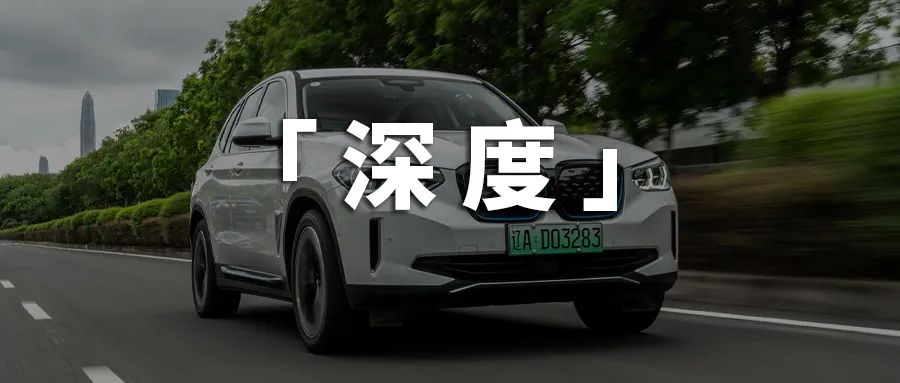New energy vehicle subsidy funds totaling RMB32.946 billion issued for 1,097,400 units sold: report
According to the public announcement by the Ministry of Industry and Information Technology (MIIT) on the preliminary review of subsidy funds for new energy vehicles (NEVs) for the year 2016 to 2020, the subsidy funds for NEVs involve 1,097,400 units, and amount to RMB32.946 billion, based on the integral subsidy given to vehicle manufacturers.
Tesla received the most NEV subsidy funds, totaling RMB2.1 billion

Based on the review results, BYD, BAIC, Dongfeng Motor, Tesla, Chery, Geely, Great Wall Motor, SAIC and GAC received over RMB100 million of subsidy funds. Tesla was the brand that received the most subsidy funds for its NEVs in the annual review of the previous year, with RMB2.123 billion for its sales of 101,000 units.
It is estimated that Tesla sold a total of 148,000 units in China last year, indicating that as many as 37,000 new vehicles sold by Tesla were not included in the subsidy calculation for the year. As of August 2021, Tesla’s sales in China reached 152,531 units, significantly exceeding the total sales of last year. Unless there are unexpected changes, Tesla may remain the biggest beneficiary of national NEV subsidies this year.
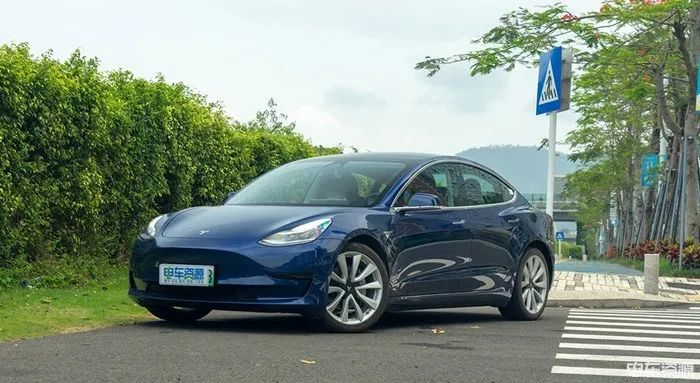
With strong sales and subsidy support, Tesla’s prospects in the Chinese market are encouraging. There are even reports that the company is developing a China-exclusive NEV model positioned below the Model 3 to capture the market for vehicles priced under RMB200,000. This, coupled with recent price cuts to RMB200,000 for the Xpeng P5, suggests that the NEV market, which used to resemble a “dumbbell” pattern, may gradually become more balanced, thus expanding competition.
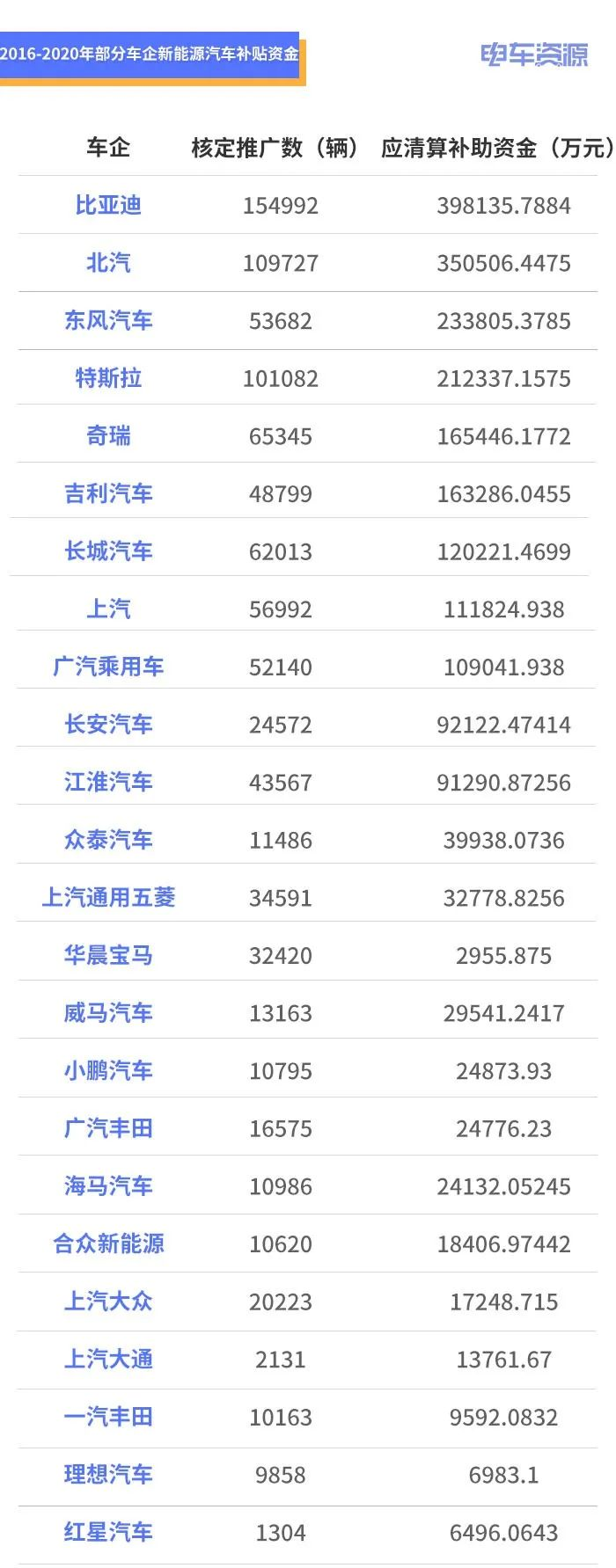
Although Tesla’s dominance is undeniable, the biggest winner of the subsidy allocation is still the most important NEV automaker in China’s independent ecosystem, BYD. Between 2016 and 2020, BYD sold 154,992 NEV units and received a total of RMB3.981 billion in subsidies, accounting for 12% of the national subsidy total. On average, BYD received a subsidy of RMB25,600 per unit for each car sold.It is worth mentioning that BYD, last year, had the highest number of approved vehicles among all automakers, with a whopping 117,000 cars approved and corresponding settlement subsidy funds of CNY 2.05 billion. BYD’s announced sales of new energy vehicles in 2020 were 189,000 cars, and the vehicles being settled in this subsidy scheme accounted for 62% of BYD’s 2020 sales.
Was the subsidy really implemented appropriately?
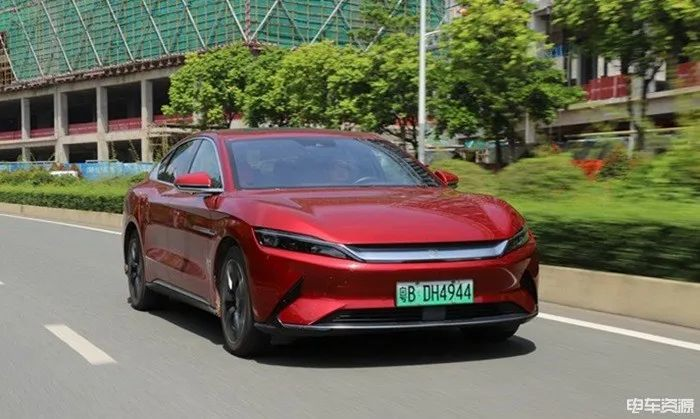
In fact, there were quite a few doubts about the implementation of the new energy vehicle subsidy policy when it was introduced. Some people thought that this “favored” new energy vehicles and was equivalent to “attacking” gasoline vehicles, which was not conducive to a healthy market competition. Some others believed that the subsidy policy spurred many carmakers and models that were born “to deceive subsidies,” and did not genuinely promote the development of new energy vehicles.

However, when we look back now, this approach of stirring up the industry with subsidies and then gradually guiding the business towards better development has been quite successful. Initially, in 2016, only 7,278 new cars were successfully approved for subsidies, but a total of CNY 863 million was paid out in subsidies, equal to an average of about CNY 110,000 in subsidies per car. For carmakers, this richly-slicked pudding is only theirs if they don’t hesitate for a moment.
By 2020, these numbers have risen multiple times to 584,973 approved new cars, but the average subsidy per car has started to become more rational. In other words, a more regulated market means that carmakers must manufacture more reliable new cars to stay alive, and the practice of supporting the business with “synthetic subsidies” in the past can only lead to head-holding now.
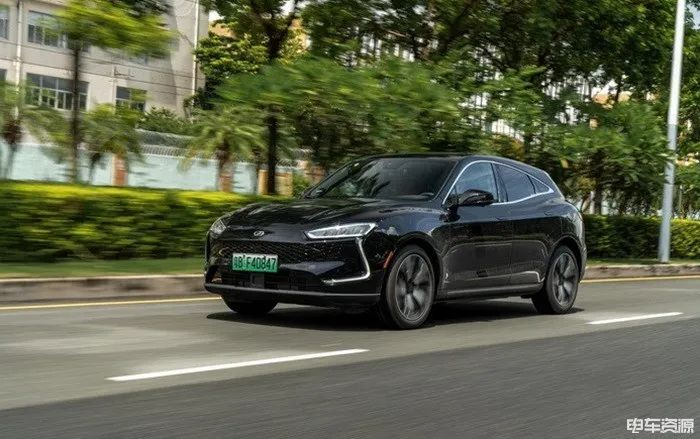
In the short term, the country did indeed invest more than CNY 32.9 billion in the new energy vehicle market. However, in terms of effectiveness, the sales of new energy vehicles in China have surged in recent years, and more and more companies have joined the race. Data shows that from 2016 to 2020, China’s sales of new energy vehicles increased from 507,000 to 1.367 million.
At the same time, the technological value of China’s new energy vehicles is also steadily increasing.
In addition to boosting the entire automotive industry, Tesla’s localization strategy has also greatly benefited China’s new energy vehicle industry chain. Currently, the localization rate of parts for the Shanghai Super Factory has exceeded 90%, promoting the technological progress and integration of China’s new energy vehicle supply chain, from energy for vehicles to related components such as batteries and electric motors, and from sales to after-sales services, forming a mature new energy vehicle industry chain.## New energy subsidies are not exclusive to China
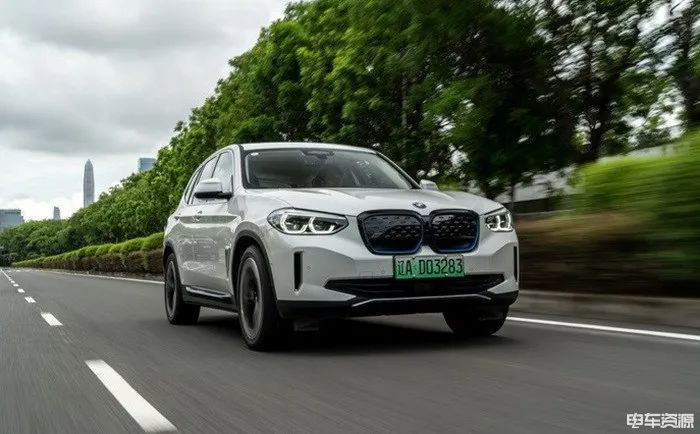
It’s not just China that’s vigorously developing the new energy industry. In Germany, for example, subsidies have been available for electric and plug-in hybrid vehicles since 2016. The government provides a subsidy of €6,000 for pure electric vehicles and €4,500 for hybrid vehicles with a purchase price below €40,000. If you buy an electric car costing between €40,000 and €60,000, you will receive a subsidy of €5,000 from the government.
In France, individuals who purchase electric vehicles can receive a subsidy of €7,000, while companies can receive a subsidy of €5,000. The subsidy for plug-in hybrid electric vehicles is €2,000.
In South Korea, which claims to have the most generous new energy subsidy in the world, citizens can receive up to KRW 26 million (approximately RMB 153,000) in subsidies depending on the region and the model of the car. In addition, those who buy pure electric cars can benefit from a separate consumption tax of KRW 2 million, an education tax of KRW 600,000, an income tax of KRW 1.4 million, as well as a full exemption from the purchase tax.
It can be seen that new energy vehicle subsidies are the most effective way to promote the development of new energy vehicles, no matter where they are in the world. After all, no one wants to lag behind in the next era of automobiles.
Conclusion

According to the latest policy announced by the Chinese government, new energy vehicle subsidies will gradually be phased out over the next few years until they are completely eliminated. For example, next year’s new energy subsidy will be reduced by 30%, and combined with the regulation that only new energy vehicles priced below 300,000 yuan are eligible for subsidies, means that a new car that can receive a subsidy of 18,000 yuan this year will see the subsidy amount reduced to 12,600 yuan next year.
In other words, whether it’s BYD, Tesla, or new players, major automakers must make a significant leap forward in sales volume if they want to receive a significant amount of new energy subsidies in the future.
On the contrary, other countries are increasing their subsidy efforts on existing policies to repair the new energy market that has been affected by the epidemic.
The new energy vehicle market has undergone significant changes, with more and more joint venture companies entering the market, which will lead to a new round of market competition. Ultimately, it still needs to return to the track of technology, products, and the marketplace.
As the old saying goes, “sharpen the sword and no weapon is dull.”
This article is a translation by ChatGPT of a Chinese report from 42HOW. If you have any questions about it, please email bd@42how.com.
